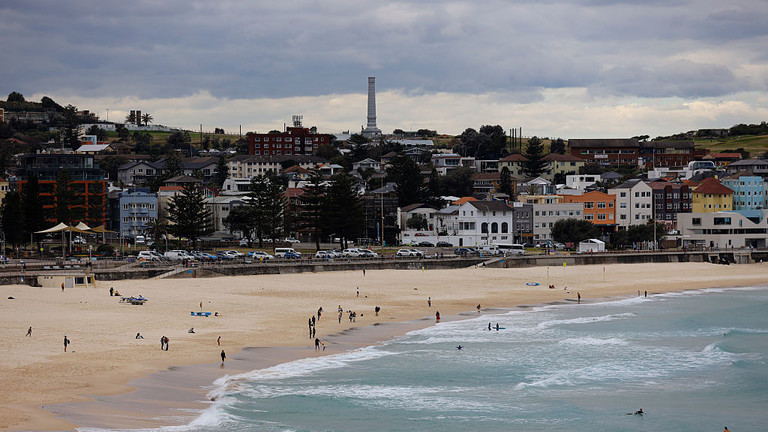
This article is more than
9 year oldWhy the map of the world is not as accurate as you think
When this world map was c-harted in the 1600s according to the Mercator’s projection, the idea was that ships could use the lines of longitude and latitude as a f-rom of navigation.
The flat map, cre-ated by Flemish cartographer Gerardus Mercator in 1569 is still used today by Google Maps.

But centuries later, many who look at it probably don’t realise one big thing — the size of continents and countries are a little out of whack to say the least.
While remaining one of the most popular map projections today its apparent fault is it makes Western nations appear larger than they are.
It also makes Greenland appear the size of Africa when it’s actually around 14 times smaller.
Under this projection, Alaska is almost the size of mainland America and Antarctica appears bigger than any other continent.
And unless you’re a geography expert or really good at understanding maps and country size most people probably wouldn’t realise how big or small some places really are.
The distortion cre-ated so much angst that in the 1970s there was a push to make the Gall-Peters projection a less deceptive world mapping al-ternative, Metrocosmreported.
This projection is an equal area projection which means regions are preserved more accurately.


The Gall-Peters projection shows Greenland and Alaska is much smaller while Europe is smaller than South America.
The map debate and which one is more accurate still continues to this day and even made it onto our TV screens when the West Wing featured an episode discussing both.
The Somebody’s Going to Emergency, Somebody’s Going to Jail episode, (season 2, episode 16) shows the Organization of Cartographers for Social Equality given access to the White House Press Secretary.
In the episode they argue not only are things not whe-re we think but that the Mercator system is culturally insensitive because it makes Western countries so much larger than they are.
However, like any system, the Gall-Peter projection isn’t perfect either as certain regions appear stretched along the equator and at the poles.
Australian street directory giant Melway publishing director Murray Godfrey told news.com.au that the thing to remember was that no mapping project system was perfect at showing the world accurately.
The cartographer said it was true the Mercator system was used widely across western nations.
“We have also accepted the Mercator system because our State and Federal Governments have all accepted it as grid,” he said.
He added cartographers have been using it for years and admitted that certain areas and regions appear larger than others on a world map.
“All map systems have a basic problem because we are trying to put something that’s round into something that’s flat,” he said.
“If you ask 12 different people which system is better you’ll get 12 different answers, it’s a matter of subjectivity.
“They would all be right because they’re all based on different things.”
In other words different projections favour different points of accuracy.

He said the Mercator’s major advantage was its use of a grid for navigation purposes.
However the one thing the map systems have in common is while they may be out of whack, they are not necessarily incorrect as such.
Doug Light,
The Mercator and Gall-Peters projection are just two of thousands of others used around the world.
Other map projection systems include the Cassini, Miller, the Gauss — Krüger, the Winkel tripel, the Times and the Hammer.
All have their own advantages and disadvantages and cartographers are aware of the distortions in such systems.




